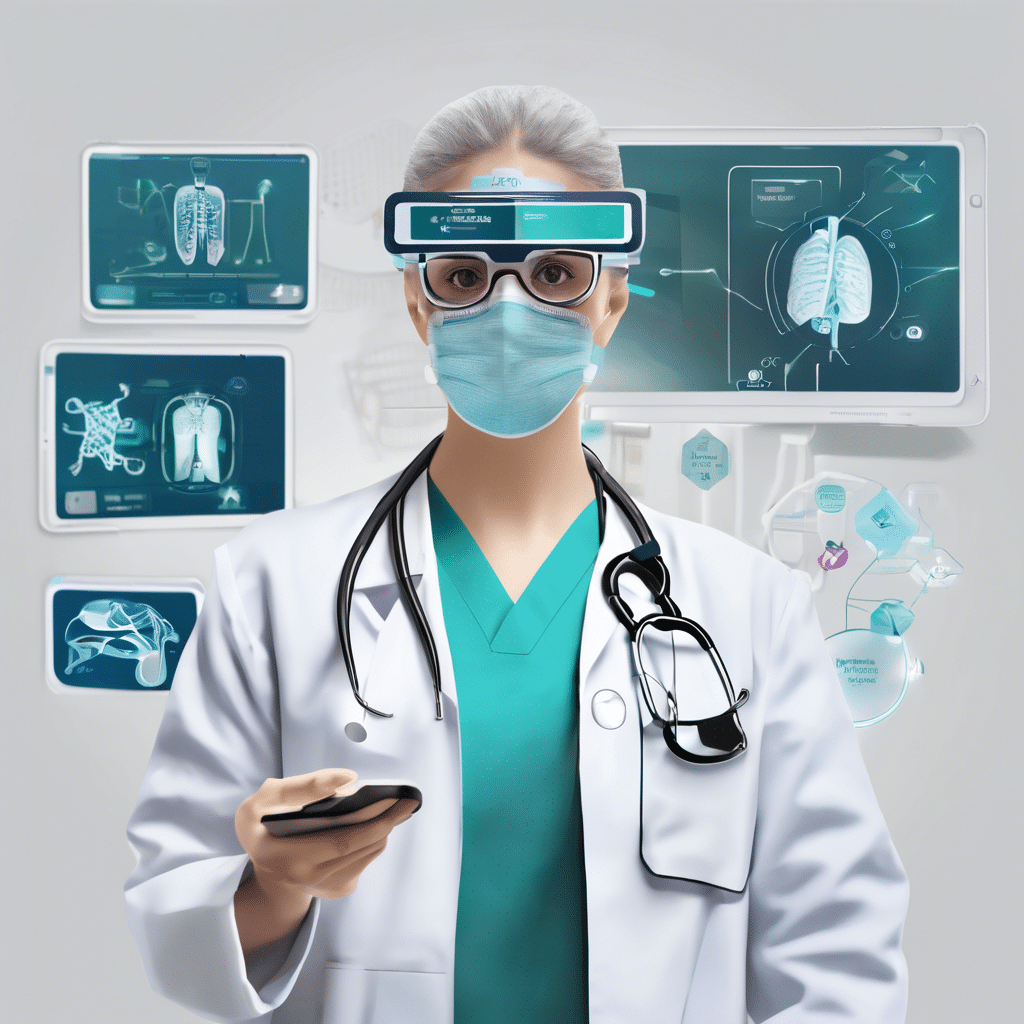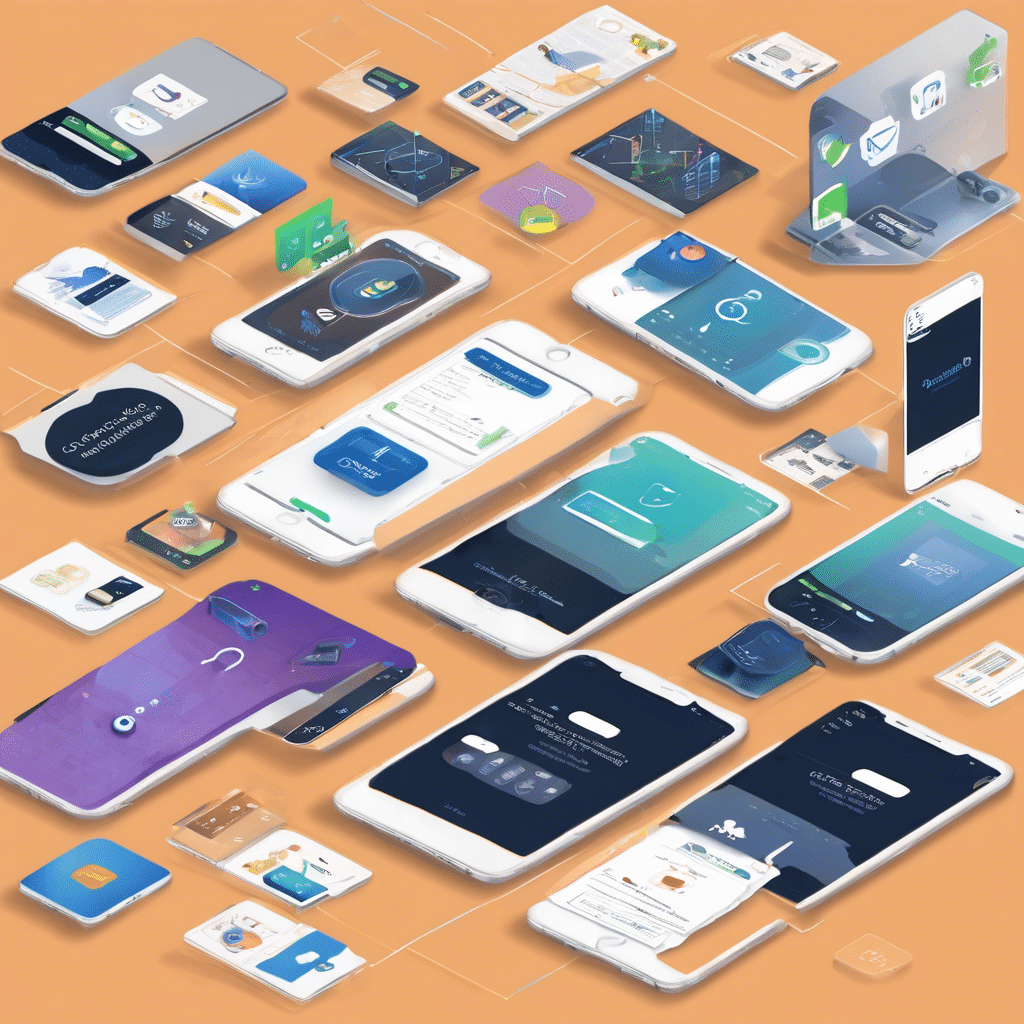AR’s Expanding Role in Healthcare
Augmented reality in healthcare has evolved far beyond its initial applications in surgical navigation. While surgeons using AR headsets to visualize critical structures makes for compelling headlines, it represents just the tip of the iceberg for this transformative technology.
Healthcare providers are discovering AR applications across the entire patient journey, from diagnosis through treatment and recovery. With the healthcare AR market projected to reach $4.2 billion by 2026, forward-thinking institutions are exploring how this technology can address longstanding challenges in care delivery, training, and patient engagement.
We’re seeing healthcare organizations move from experimental pilots to full implementation, recognizing AR’s potential to improve outcomes while reducing costs. The applications extend into virtually every healthcare specialty and setting, creating opportunities to reimagine care delivery models.
Patient Education and Experience
One of the most promising areas for AR is in enhancing patient understanding of complex medical conditions. Traditional methods, such as pamphlets and verbal explanations, often fall short when attempting to communicate complex anatomical concepts or treatment procedures.
AR creates interactive 3D visualizations that patients can explore from any angle, dramatically improving comprehension. In our recent work with rehabilitation specialists, we have seen how AR visualizations help patients understand their condition and treatment plan, leading to improved compliance and outcomes.
For patients managing chronic conditions, AR provides just-in-time guidance for medication administration, device usage, and symptom monitoring. Interactive AR instructions reduce errors and improve adherence to treatment protocols.
We’ve found that AR’s greatest value often comes from seemingly simple applications, like helping patients navigate complex healthcare facilities or providing multilingual instructions that appear when a patient scans their medication. These practical applications solve real problems that patients face every day.
Medical Training and Education
Medical education is being transformed through AR-based anatomy visualization that allows students to explore human systems interactively. Rather than relying solely on textbooks or cadaver labs, students can manipulate virtual structures, toggle between systems, and understand spatial relationships in ways previously impossible.
Procedure training with AR reduces risk while accelerating skill development. Trainees can practice complex procedures repeatedly, receiving real-time feedback without compromising patient safety.
The impact extends to experienced practitioners who need to learn new techniques or refresh their skills for rarely performed procedures. AR provides contextual guidance that builds confidence and competence before working with actual patients.
Remote mentoring through AR connects specialists with frontline providers, enabling expert guidance in real-time. This capability is particularly valuable in rural and underserved areas, where specialized expertise may not be readily available locally.
Operational Efficiency and Workflow
Beyond clinical applications, AR is driving significant operational improvements throughout healthcare organizations. Maintenance technicians use AR overlays to guide equipment repairs, reducing downtime for critical medical devices.
Supply chain management benefits from AR-assisted inventory systems that streamline restocking and reduce waste. This application became particularly valuable during pandemic-related supply shortages, enabling facilities to optimize their limited resources.
AR wayfinding systems help patients, visitors, and staff navigate complex healthcare environments more efficiently. These systems reduce missed appointments, decrease staff time spent providing directions, and improve the overall facility experience.
Telemedicine capabilities are enhanced through AR tools that enable providers to annotate what they see or guide patients through self-examination procedures. This creates more effective remote consultations and expands access to care.
The Future of AR in Healthcare
As AR technology continues to mature, we are seeing exciting developments in its integration with AI and other emerging technologies. Computer vision, combined with machine learning, is creating AR systems that can help identify abnormalities or guide less experienced providers through complex medical decisions.
Wearable AR devices are becoming lighter, more comfortable, and more powerful, making them practical for all-day use in clinical settings. This evolution will accelerate adoption by making the technology less intrusive.
For healthcare organizations considering AR implementation, starting with clearly defined use cases that address specific challenges yields the best results. We recommend starting with applications that provide immediate value while laying the groundwork for broader future implementation.
At Seisan, we work closely with healthcare clients to identify high-impact AR opportunities and develop solutions that integrate seamlessly with existing workflows. Our understanding of both the technology and healthcare environments enables us to create applications that are readily adopted by clinicians and patients alike.
Ready to explore how AR can transform your healthcare organization? Contact our team to discuss your specific challenges and how augmented reality might help address them. Let’s work together to improve care delivery, enhance training, and create better experiences for patients and providers alike.




